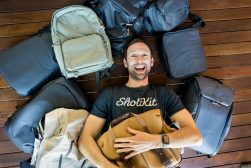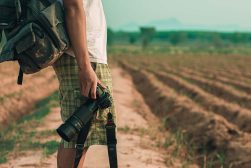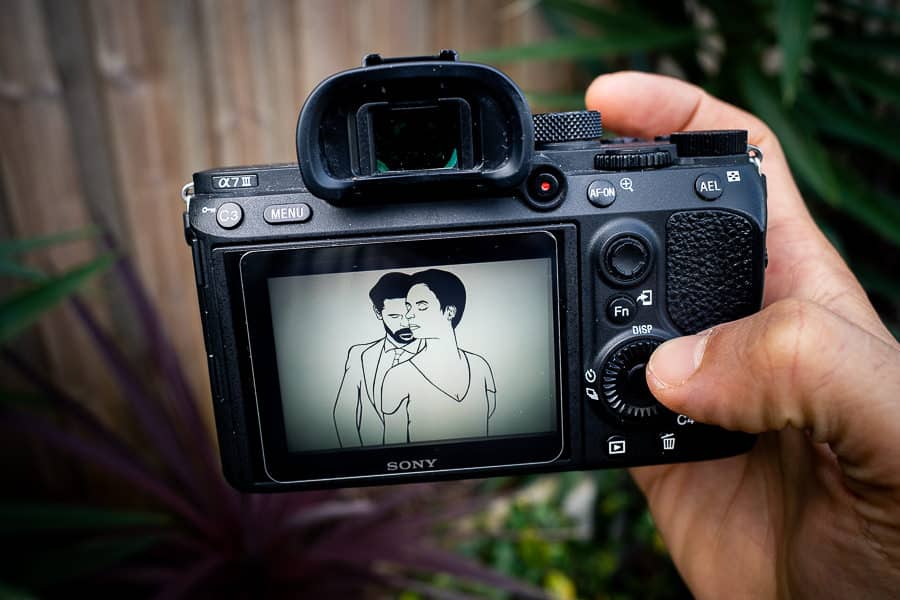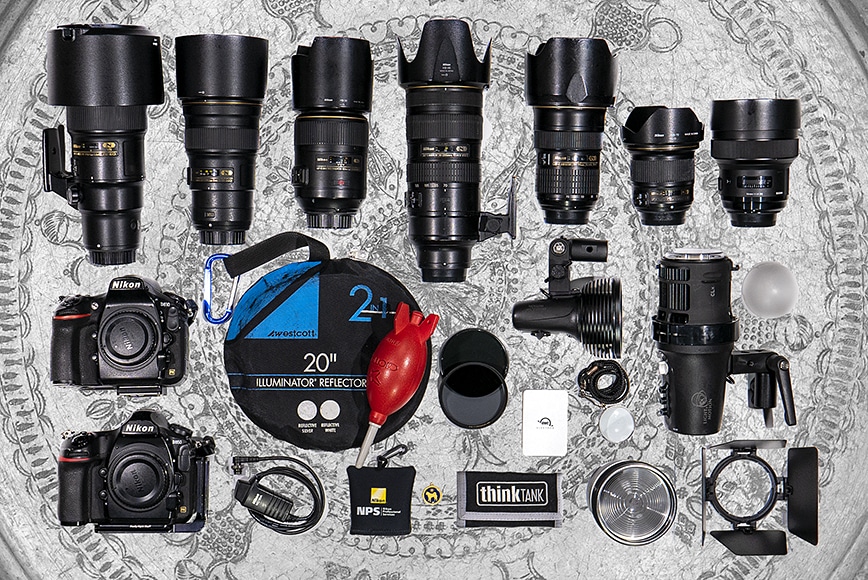
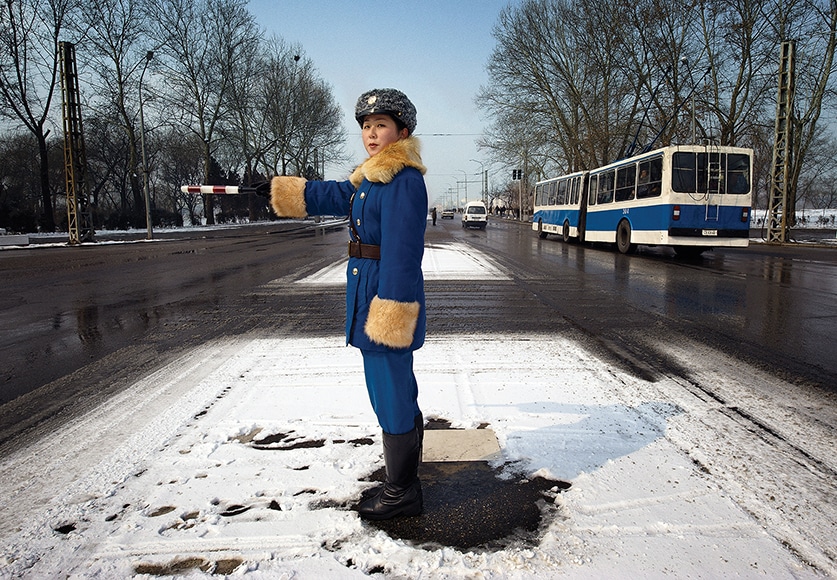

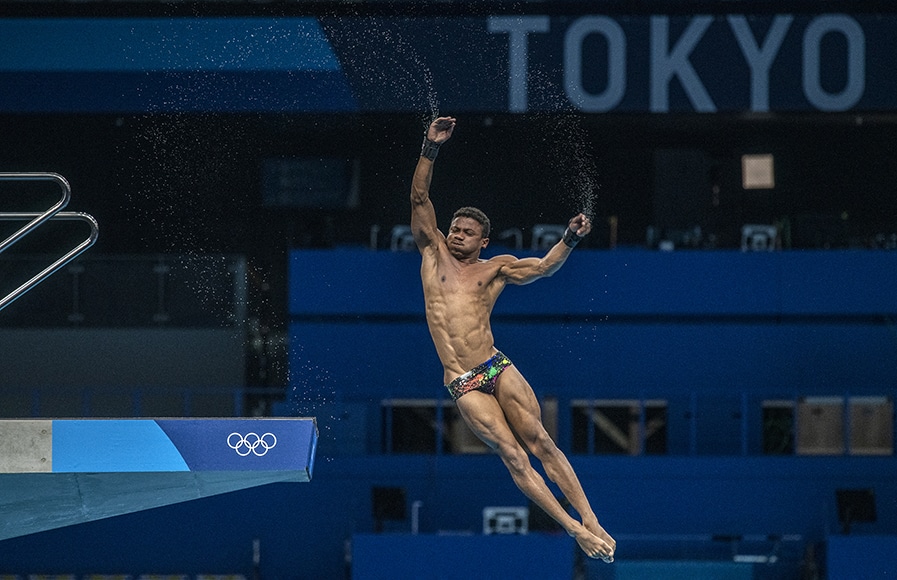


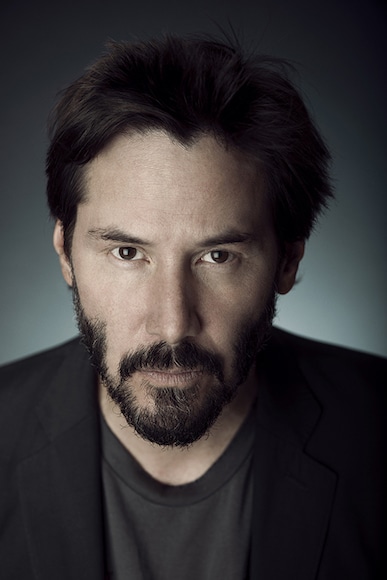



Mark Edward Harris
Travel | Last Updated: June 23, 2023
I’m a Los Angeles and Tokyo-based documentary and travel photographer. My cameras and I have shared the road in more than 100 countries on assignments for magazines ranging from Vanity Fair and Newsweek to The London Sunday Times Travel Magazine and The New York Times. I find the road an endless source of inspiration.
My BA and MA are in History and my stories and books are often infused with that aspect of human existence. My extensive coverage of North Korea and a 10-year study of the tsunami that devastated the northeast area of Japan’s main island of Honshu might serve as examples.
I’m also a huge fan of books, both collecting them and producing them. Mine include Faces of the Twentieth Century: Master Photographers and Their Work, The Way of the Japanese Bath, Wanderlust, North Korea, South Korea, Inside Iran, The Travel Photo Essay: Describing A Journey Through Images, and my latest The People of the Forest, a book about orangutans.
I started my first serious ventures into photography with my father’s Konica camera then Canon AE-1. When I was able to buy my own equipment to build a career I turned to Nikon and have been a Nikon shooter ever since. Back in the film days, there was a need to go to medium format for studio shoots and for a time I used a Bronica then Hasselblad for those situations.
With the incredible advancements in camera technology, the 35mm digital sensors have become so amazing I just shoot everything in that format!
Nikon D850 and Nikon D810 have been my mainstays for the last couple of years except for when I covered the Olympics and worked with the Nikon D6. I suspect that the Nikon Z9 will be the camera that brings me over to mirrorless. All the professional Nikon bodies are fantastic not only because of the images they are capable of faithfully reproducing but because they have a great ergonomic feel.
Lens sharpness is top on the importance list for me and the Nikkor lenses I work with have never failed me in this regard or in the reproduction of color. My Nikkors range from 20mm to 500mm and I also have a Sigma 14mm f/1.8 lens.
Lights & Triggers
These days I’m mainly working with Stella continuous lights such as the CLx10 because what you see is what you get aspect to them. Since the camera sensors are great at ISO 800, I can produce tack sharp and clean images and work much faster molding a continuous light rather than a strobe.
When I do need to freeze the action as in a recent stroboscopic study I did with a gymnast in Japan, I used the new StellaPro which can generate 20 flashes per second at full power from a battery handle and sync at my fastest shutter speed of 1/8000th of a second. Bursts can be fired with Godox and Elinchrom triggers.
No matter what lights I use, proper color balance and the use of modifiers to mold the light are the keys to successful results. I never just throw up lights and start shooting. When I teach workshops, which I love to do, I spend part of the time focusing on having my students understand Kelvin Temperatures.
Bags/Straps
If I’m working in an urban area and I can roll my bag I’ll often turn to the Think Tank Airport International V3.0 Rolling Camera Bag. If I need to sling it onto my back the Think Tank Airport Accelerator backpack is another go-to bag.
When it comes to places where I’ll be hiking for long distances or working in a location where I don’t want to put my equipment down to avoid dust or sand I’ll often turn to my MindShift Gear BackLight 26L. For bigger shoots where I’m setting a number of lights up, I’ll pack them as well as stands and a mini Matthews C-stand into a Think Tank Production rolling case.
Tripods
I have an extremely dependable carbon fiber Really Right Stuff tripod with a ball head. I have dedicated tripod mounts on all my cameras so I can quickly mount my camera and go to work when I need to employ a tripod for a shot.
I also have an L-Bracket on my main camera body so when I shoot a vertical the camera can still rest on top of the tripod which reduces the odds of any movement during a long exposure.
Since I do documentary and travel photography I don’t manipulate my photos but I do try and get the most out of my images in processing in Adobe Lightroom. Backing up images on the road is vital and carrying a couple of OWC Envoy ProFX 2TB portable SSD drives and not erasing my cards until I’m back home and have done additional backups is an important part of my modus operandi.
If my projects include hiking I carry Black Diamond Distance Z Trekking Poles because they fold into three sections, making them a great pair of sticks for travel. I also wear a lot of water-repellent quick drying The North Face gear, I seem to be ending up in a lot of jungles and deserts lately.
The key to a successful career in photography is to produce bodies of work and to come up with your own stories rather than waiting around for the phone to ring. These days even receiving a text for an assignment is not uncommon. If you believe in a project go for it and don’t wait for someone else to greenlight it.
By the time they do, it’s often too late.
That often means a lot of personal investment, both in terms of money and time. But I ask myself this question as a litmus test, ‘Will I regret it if I don’t do it?’ and the answer is usually ‘yes’.






